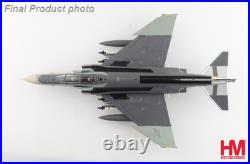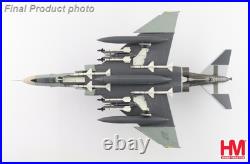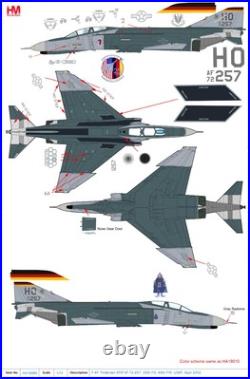











In 1971, the West German government chose the F-4 Phantom II as a replacement for its Lockheed F-104G Starfighter interceptors. Initially equipped with USAF F-4E aircraft, training began for the German pilots in the spring of 1973. Later, as the F-4F was put into production by McDonnell, the F-4Es were replaced with twelve West German F-4Fs were that were given the unofficial designation of TF-4F while they were being used to train Luftwaffe crews in the United States. The Luftwaffe F-4Fs were operated with US national markings and given USAF tailcodes. By the early 2000s, the German Air Force was phasing out the Phantoms in favor of the Panavia Tornado IDS and Eurofighter Typhoon interceptors. The F-4Fs were retired and the program at Holloman was officially ended on 20 December 2004 and its aircraft were transferred to the Aerospace Maintenance and Regeneration Center. The 20th Fighter Squadron was the last operational United States Air Force squadron to fly the F-4 Phantom II. Designed as a fleet defense fighter for the US Navy, the F-4 Phantom was first flown on May 27, 1958. This twin-engine, long-range all-weather fighter/bomber proved highly adaptable and served in the Marine Corps and the US Air Force as well as in the Navy. During the Vietnam War, it was the principal air superiority fighter for the Navy and the Air Force and was also used for reconnaissance and ground attack. The Phantom continued to serve well into the 1970s and 1980s and even flew missions during the first Gulf War. Finally phased out by the F-14, F-16 and F/A-18, the Phantom was retired in 1996.

